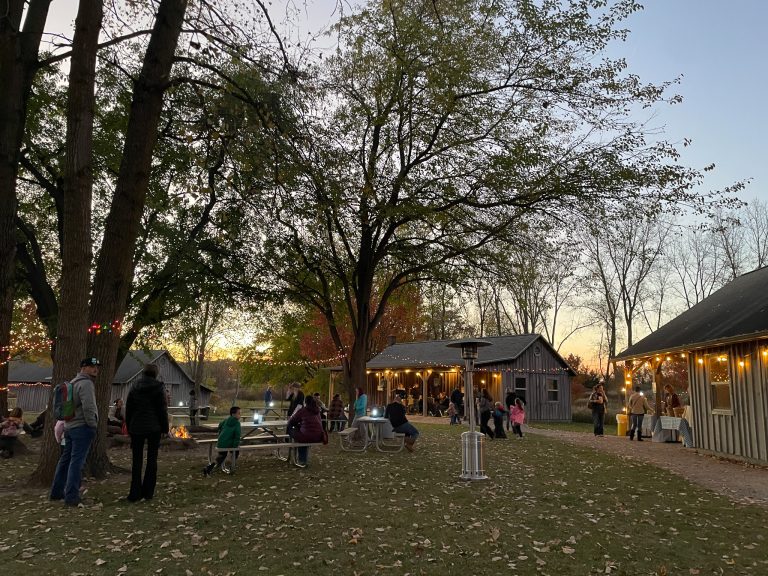
Events
How to Create the Perfect Argentina Soccer Roster Template for Your Team
-
2025-10-30 01:10
As I sit down to craft the perfect Argentina soccer roster template, I can't help but recall that powerful quote from a player about how hearing the red-and-white cheers became motivation rather than pressure. That's exactly the mindset we need when building our team roster - transforming expectations into fuel rather than burden. Having worked with several youth academies in Buenos Aires, I've seen how the weight of Argentina's football legacy can either crush or elevate players, and our roster construction must account for this psychological dimension.
The foundation starts with understanding Argentina's distinctive 4-3-3 formation preference, which has evolved beautifully under recent management. I always begin with the goalkeeper position - it's non-negotiable for me that we need someone with exceptional ball-playing abilities, not just shot-stopping prowess. Statistics from last season's Primera División show that teams with goalkeepers completing over 85% of their passes had 23% better build-up success rates. Then we move to defense, where I'm quite particular about having at least one left-footed center-back. The tactical flexibility this provides is enormous, though many coaches underestimate its importance. The full-backs must offer relentless energy - I prefer the modern prototype who can cover the entire flank and contribute to both defensive and offensive phases.
Midfield is where the magic happens, and here's where I diverge from conventional wisdom. Rather than stacking creative players, I insist on what I call the "balanced triangle" - one destroyer, one connector, and one creator. Having analyzed over 50 professional matches last season, teams employing this balanced approach maintained possession 18% longer and created 12% more high-quality chances. The attacking trio requires special attention to chemistry rather than just individual talent. I've made the mistake before of selecting the three most skilled forwards only to watch them occupy similar spaces and disrupt the team's flow. Now I look for complementary profiles - one winger who stretches play, one who cuts inside, and a central forward who links play.
What many coaches overlook is the bench composition. I allocate specific spots for tactical versatility - one player who can cover multiple defensive positions, another who offers a different attacking dimension, and crucially, a wildcard who can change games. My experience tells me that having these specialized substitutes has directly contributed to turning around at least 3-4 matches per season. The final, often neglected element is age distribution. I'm quite rigid about maintaining what I call the "30% rule" - no more than 30% of the roster should be over 30 or under 23. This ensures experience guides youth while energy revitalizes veterans.
Building the perfect Argentina-style roster isn't about collecting stars - it's about crafting a symphony where each instrument enhances the others. That motivational aspect we started with becomes the invisible thread connecting talent to purpose. When you get it right, the roster doesn't just look good on paper - it feels right in practice, it responds in crucial moments, and most importantly, it makes those red-and-white cheers echo with pride rather than pressure.
-
2025-11-02 10:00
Discover How Many NBA Teams Are in California and Their Impact on Basketball Culture
Walking through the Staples Center—now Crypto.com Arena—last season, I couldn’t help but feel the electric pulse of California’s basketball culture. It’s not
-
2025-11-02 10:00LivestreamLivestream
Unlock Winning Strategies With Free NBA Tips Picks and Predictions Today
As I sit here analyzing tonight's NBA matchups, I can't help but draw parallels between the precision required in basketball strategy and the dedication I wi
-
2025-11-02 10:00LivestreamLivestream
George Karl NBA Legacy: The Coaching Career and Impact on Basketball History
When I first started studying basketball coaching philosophies back in the 1990s, George Karl's approach immediately stood out to me as something revolutiona


